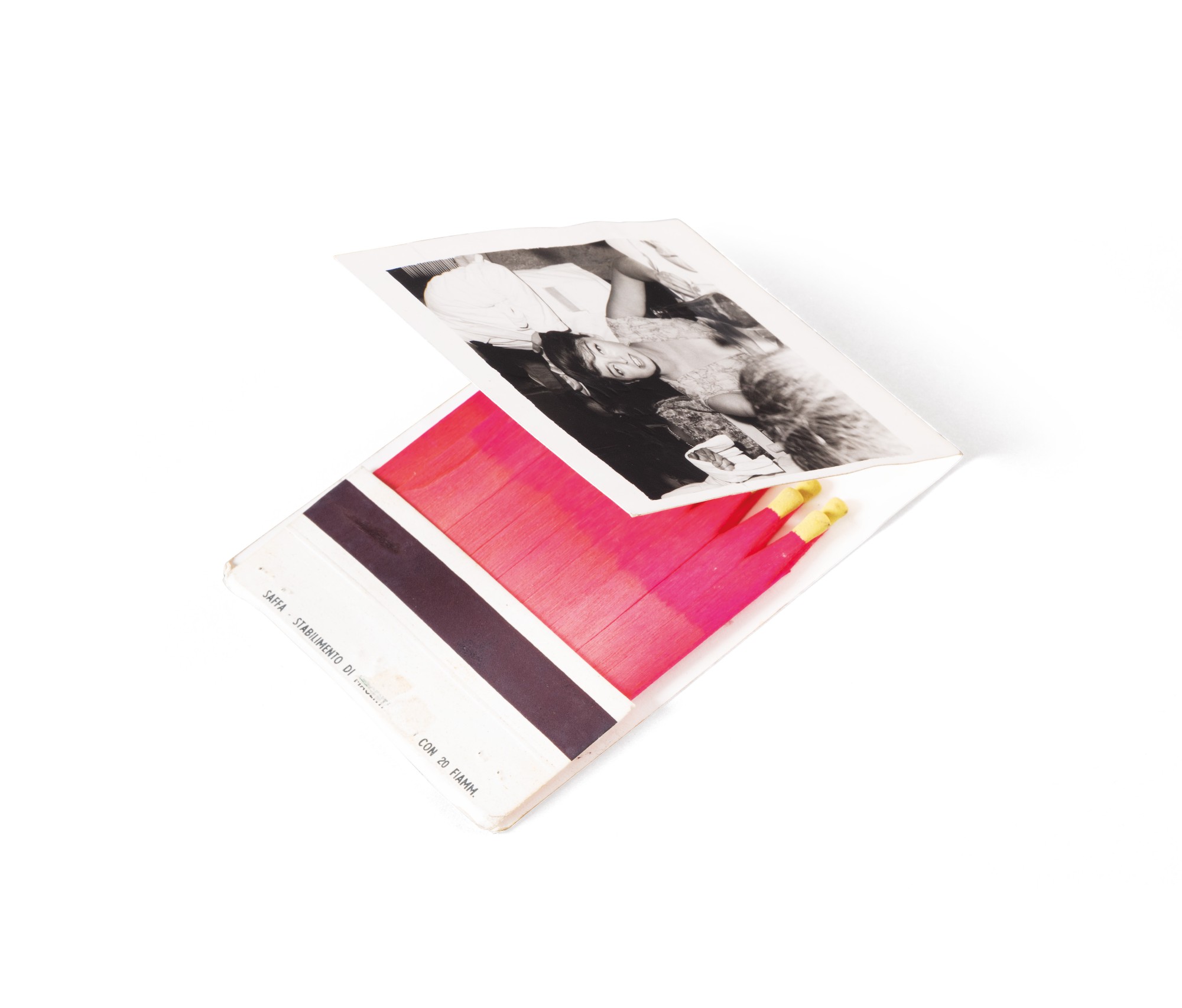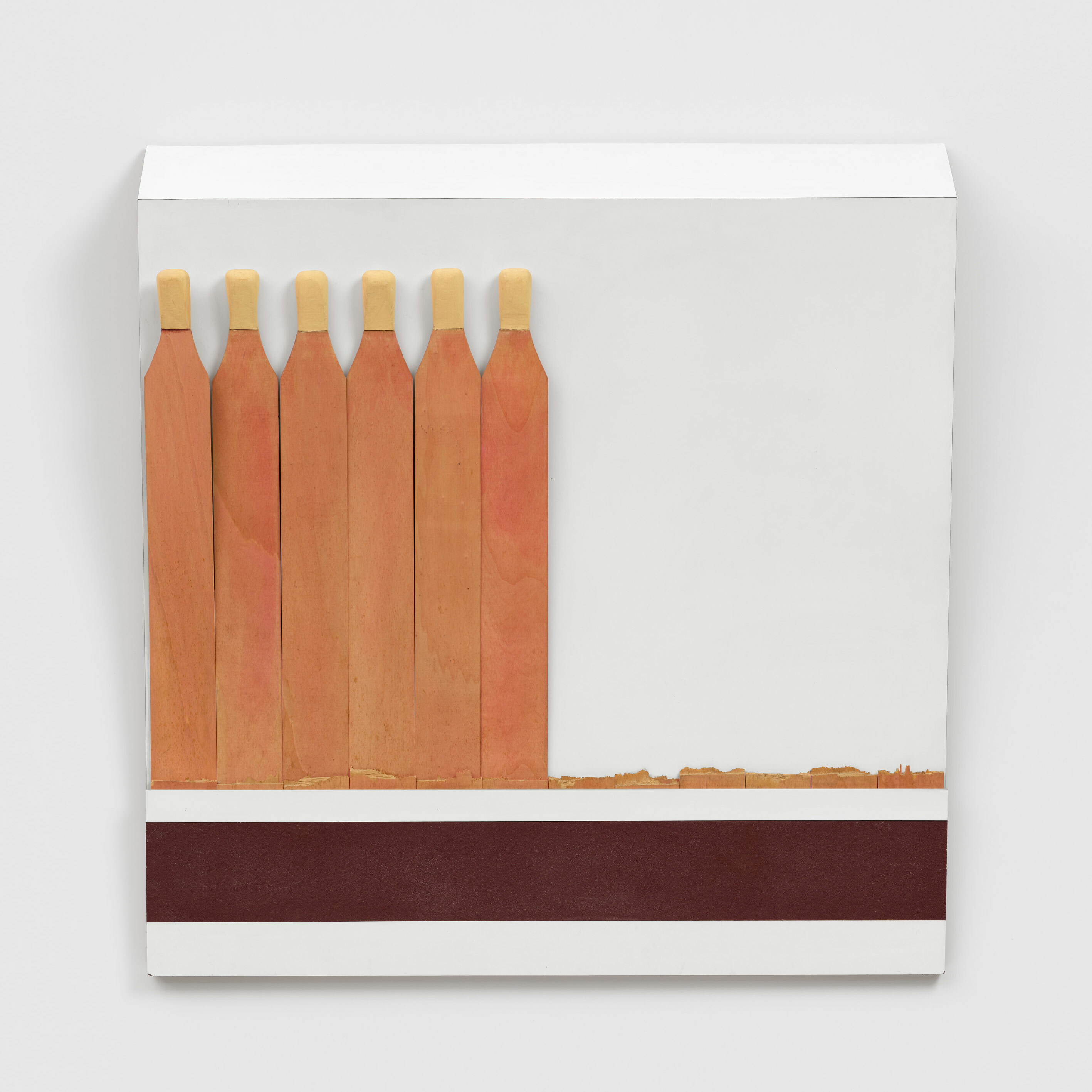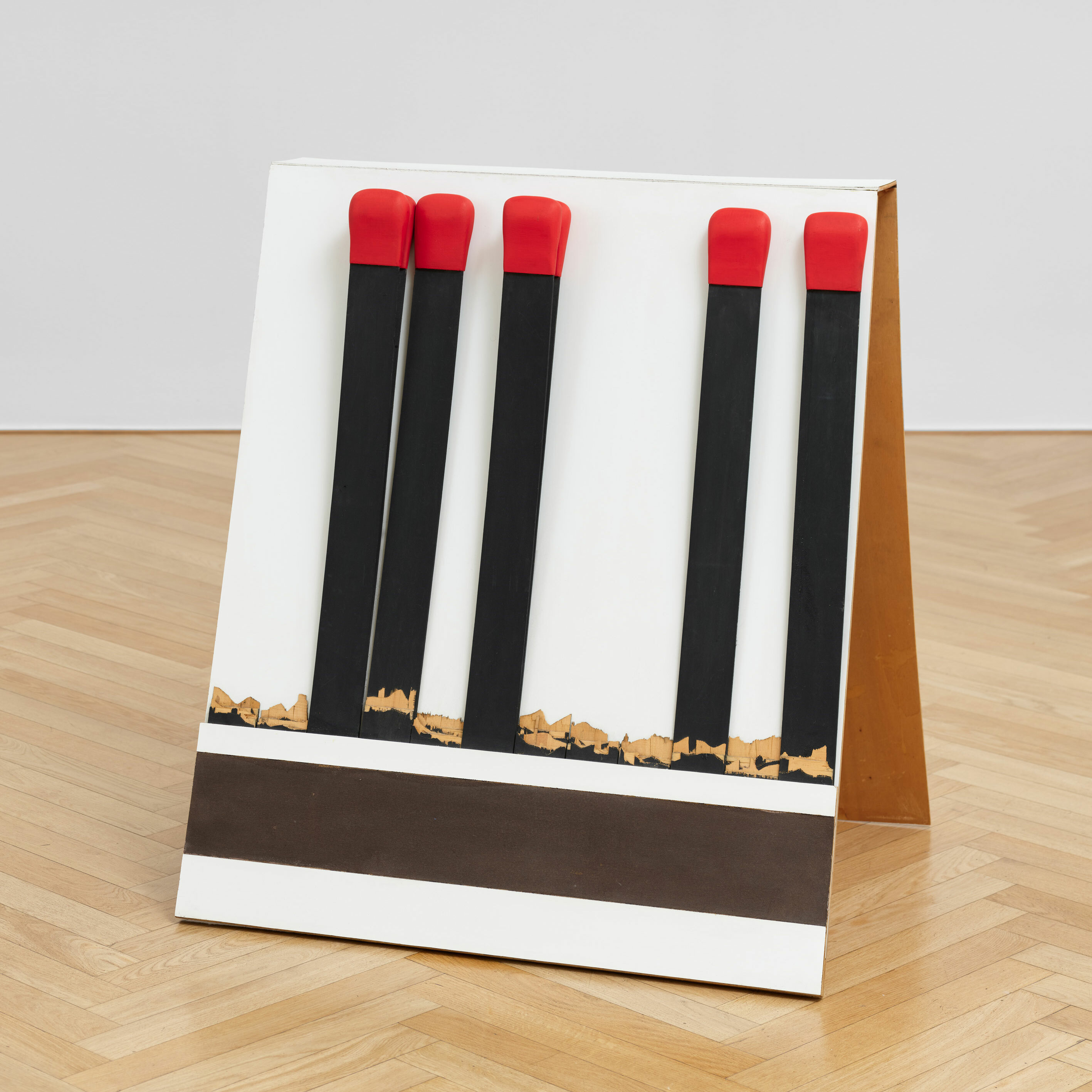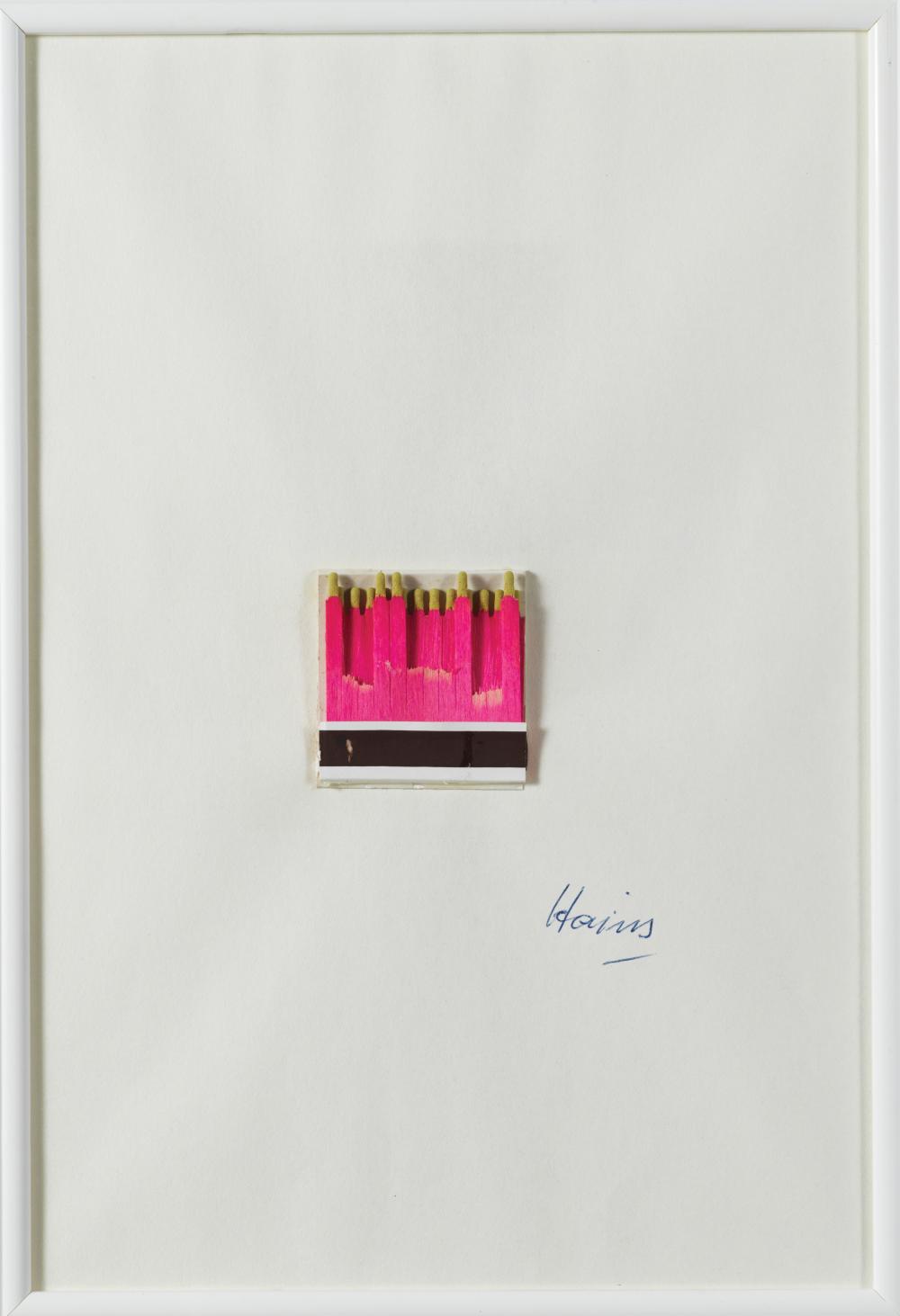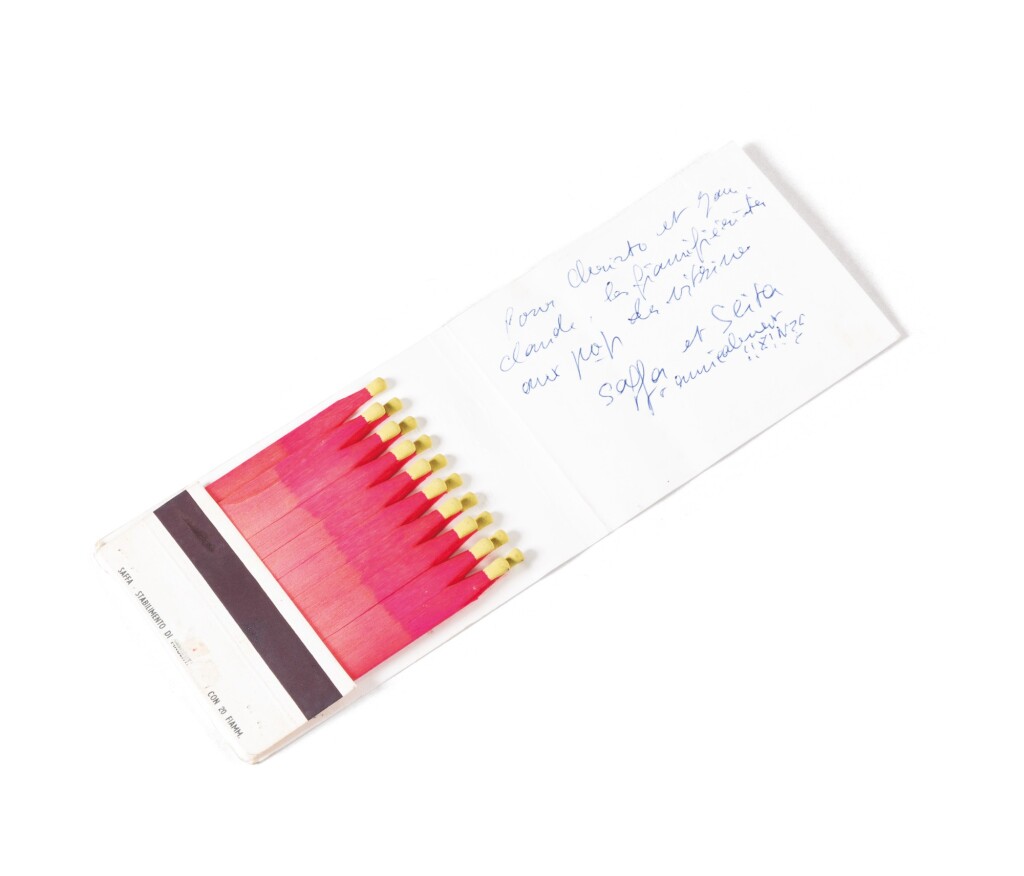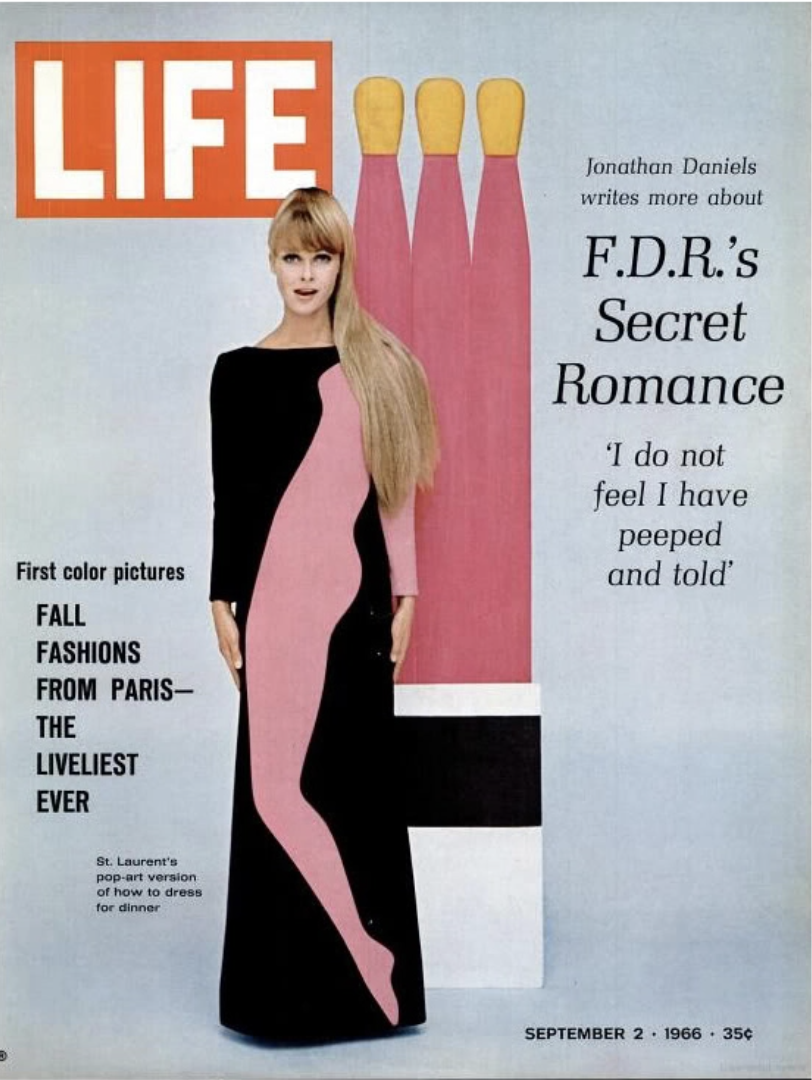RAYMOND HAINS AND THE ART OF MATCHES
The French visual artist who used matches as art
October 06, 2022
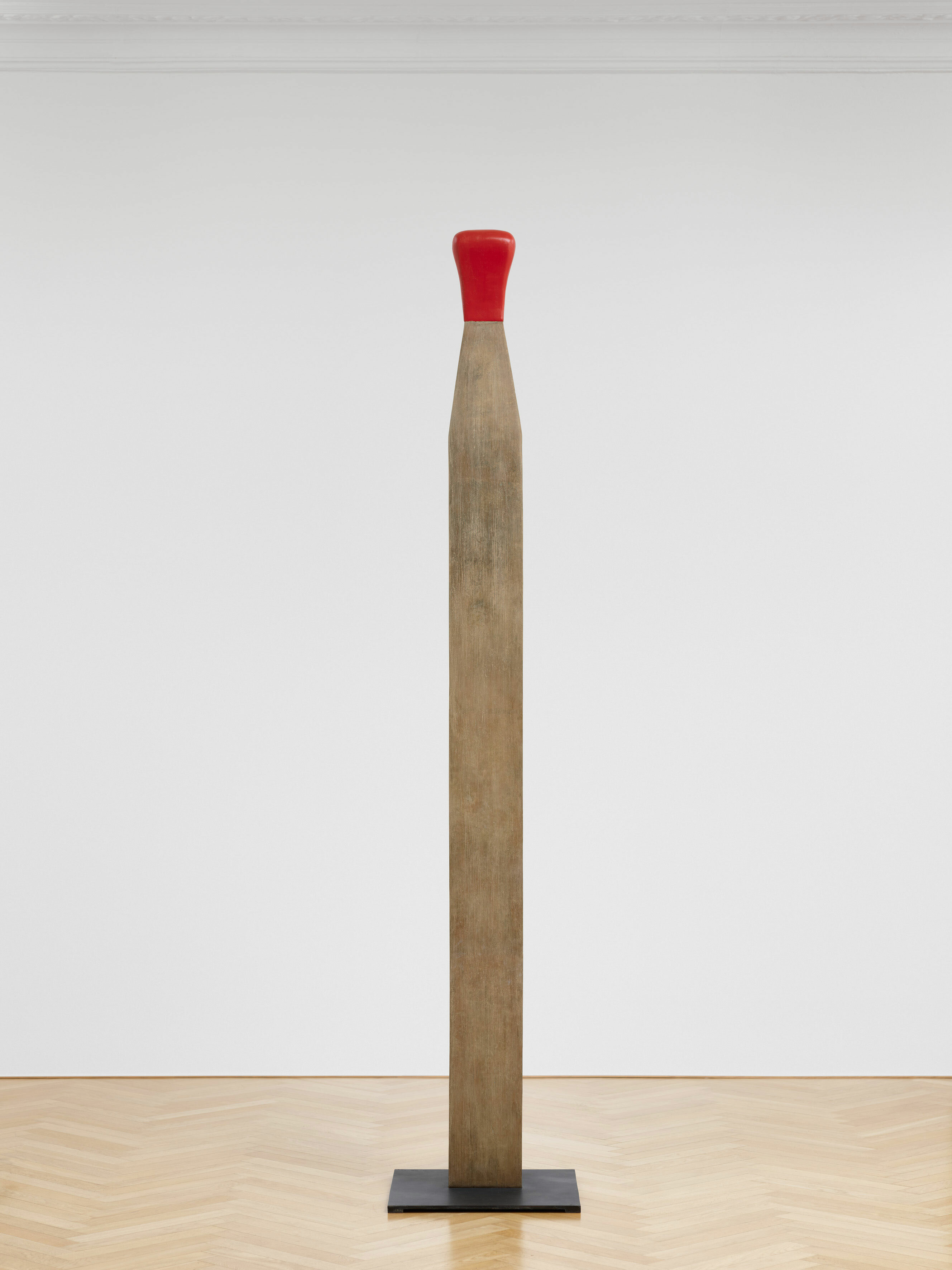
Raymond Hains, Seita, 2005, bronze 257 x 50 x 50 cm.; 101 1/8 x 19 3/4 x 19 3/4 in. edition 2 of 8, plus 4 AP

